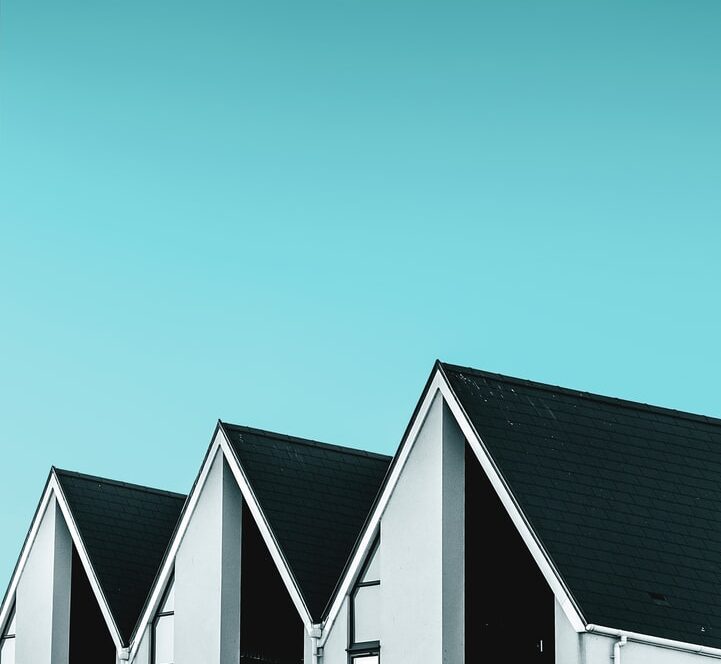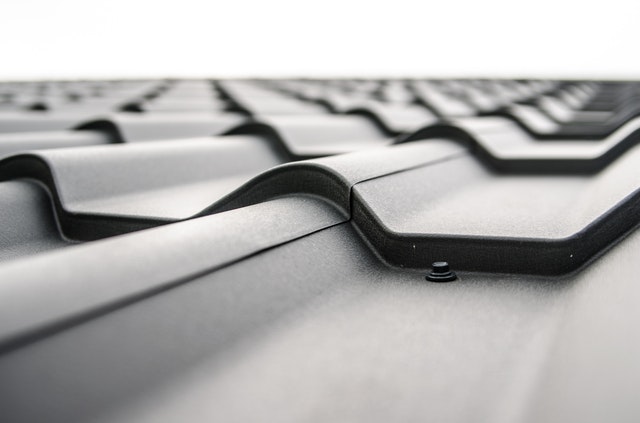Flat roofing systems are more vulnerable to weather damage and other issues due to their low pitch–unless you take precautions to minimize them.
One concern with flat roofs is determining the specific spot or source of any flat roofing problem that may arise. Water can lie for a long time between layers of roof materials before entering the home, which is why the actual roof leak may be far from the point where the leak becomes evident within the house.
Because you never know when you could have a roof problem, it’s a good idea to invest in roofing inspection and maintenance. Here are some of the most frequent flat roofing issues you may face as a homeowner or property manager.
1. Openness
The cornerstone of all flat roof difficulties is openness. The damage is inevitable because your roof is continually exposed to the sun and other elements. And, no matter how robust your roofing material is, the longer it is exposed to these factors, the weaker it will get.
Lightning strikes, frost, hail, and wind damage are associated with exposed flat roofs. There are some unusual openness difficulties as well.
2. Blistering
Blistering is a standard flat roof issue. When water gets trapped between the roofing layers and gets heated up, it expands and eventually breaks the roofing material. Blistering can be repaired by simply replacing the lower layers.
3. Standing Water
Standing water, aka ponding water, is a classic flat roof issue. The water may not drain properly because of poor design or clogged gutters. As a result, standing water creates a breeding ground for algae and other organic matters, leading to structural damage and mold growth.
4. Shrinkage
When your flat roof is installed, the seams get sealed tight with asphalt to prevent water from getting in. As heat and moisture penetrate the seams, your roof may start shrinking and develop leaks.
5. UV Exposure
When your flat roof is exposed to intense sunlight and UV rays, it may start to fade. This typically happens to white or light-colored roof materials. Although there are several ways to reduce UV exposure, you may choose to change the roof materials or install a protective coating instead.
6. Thermal Cycling
When the temperature changes, the flat roof expands and contracts. Over time, this can cause damage. To prevent moisture from leaking into the roof, we’d recommend investing in materials designed to tolerate thermal fluctuations.
7. Debris
The accumulation of debris, such as leaves or even sand, has a negative impact on your flat roof. The debris will accumulate on the roof and weigh it down. Combined with moisture, debris can also cause leaks.
Conclusion
Knowing what to expect in terms of flat roof problems is the first step toward making the best possible solutions. You may expect around 80% of all flat roofs to leak at some point. Although flat roofing is popular because it’s aesthetically pleasing, many issues are associated with flat roofs. If your flat roof is leaking or you are starting to notice any of these flat roof problems, call your local flat roof specialist for a free inspection and estimate.
If you need the best roofing company in San Diego, you’ve come to the right place! Pioneer Roofing Company is a family-owned and operated business that can install, repair, replace, and maintain your residential roof. Get in touch with us today and get a free quote!



